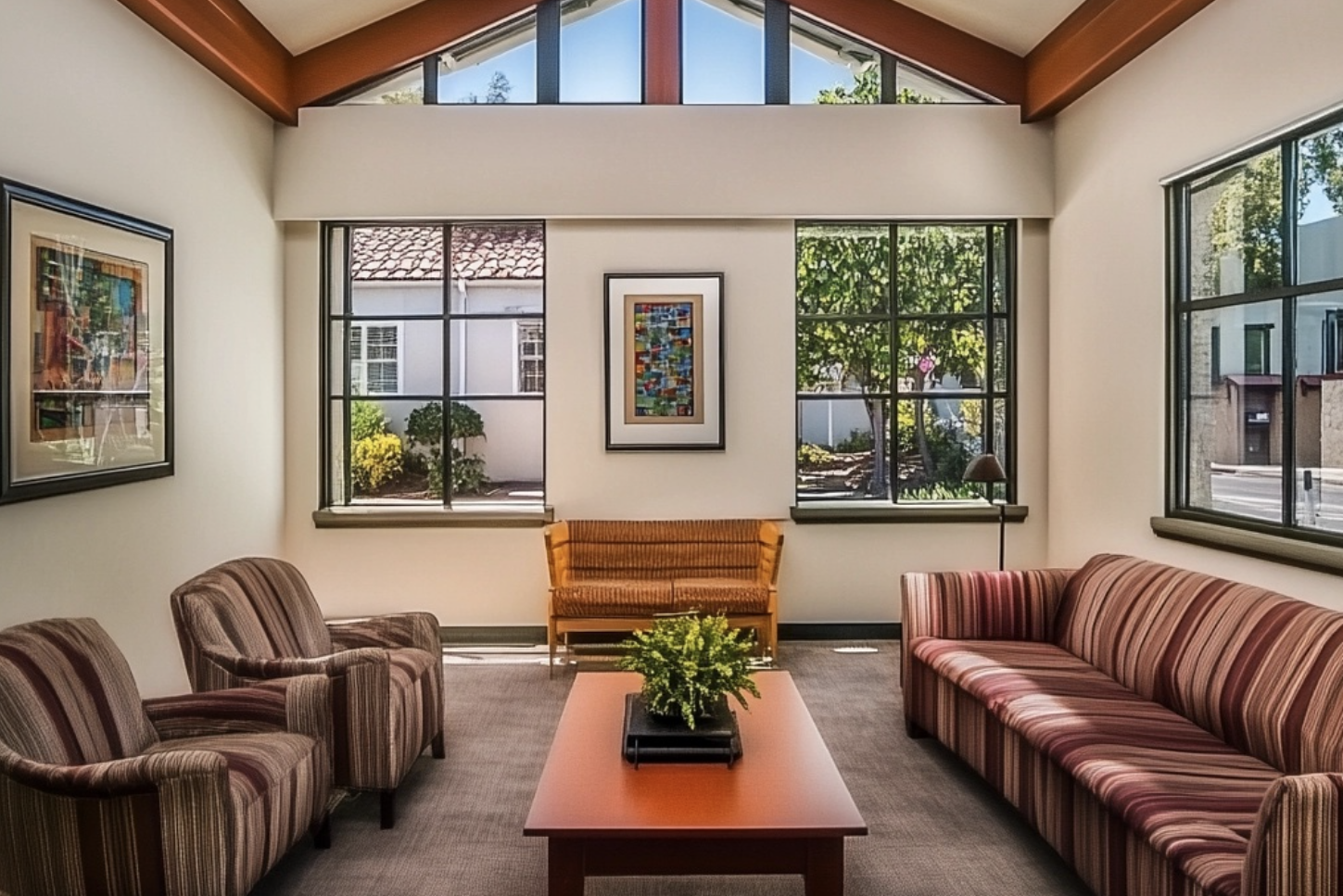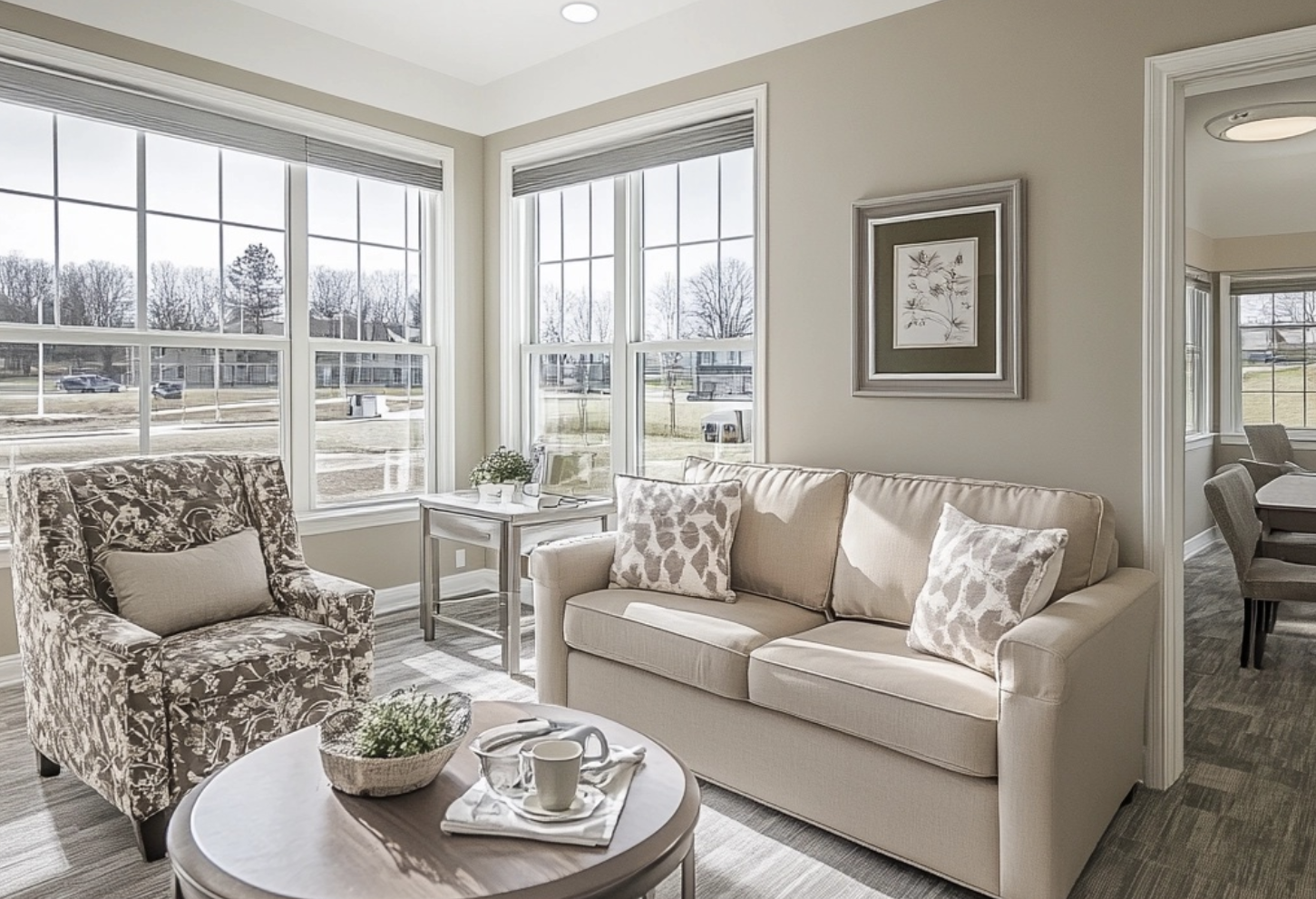Navigating the world of assisted living options can be a daunting task, especially for adults with disabilities. This guide will provide an in-depth overview of assisted living for disabled adults, exploring the range of available options, eligibility, costs, and how to pay for these services.
## What is Disability?
A disability is defined under the Americans With Disabilities Act (ADA) as a physical or mental impairment that significantly limits one or more major life activities. This broad definition encompasses various types of disabilities, including physical disabilities affecting mobility, sensory disabilities impacting the senses, intellectual disabilities influencing learning and communication, and mental illnesses affecting behaviors, thoughts, and emotional states.
Understanding Assisted Living
Assisted living facilities offer supportive care in a residential setting, helping individuals who can’t live independently due to difficulties in performing activities of daily living (ADLs). These facilities range from large complexes to small residential homes, providing a spectrum of services based on individual needs.
Types of Assisted Living Options
Different types of assisted living options cater to varying levels of care needs. Here are some common types:
- Assisted Living Communities: These communities provide support for daily activities, meal preparation, and transportation. They typically offer private or semi-private apartments with a living area and kitchenette.
- Adult Family Homes or Group Homes: These are smaller, residential settings providing personalized care. They offer a home-like environment for a small number of residents and are often staffed with live-in caregivers.
- Continuing Care Retirement Communities (CCRCs): CCRCs provide a full continuum of care, from independent living to skilled nursing. Residents can transition between different levels of care within the same community as their needs change.
- Subsidized Housing: These are apartment complexes offering reduced rent for individuals with low to moderate incomes. Some may offer additional support services.
Services and Amenities in Assisted Living
Assisted living communities offer a variety of services and amenities to enhance the quality of life for their residents. These may include:
- Personal Care Services: Assistance with daily activities like bathing, dressing, and eating.
- Medical Services: Provision of medical supplies or equipment, and, in some facilities, on-site medical care.
- Transportation Services: Transport to medical appointments or local attractions.
- Social Activities: Opportunities for social interaction, including organized events and outings.
Eligibility for Assisted Living
Eligibility for assisted living services largely depends on an individual’s level of disability and their need for assistance with ADLs. Financial resources of eligible individuals may also be considered for some services.
Costs of Assisted Living
The costs associated with assisted living can vary significantly depending on the location, services offered, level of care required, and type of living space. On average, the national monthly median cost for assisted living was about $4,500 in 2021.
Paying for Assisted Living
While most seniors pay privately for assisted living, there are several resources available to provide financial assistance:
- Medicaid: Coverage varies by state, but Medicaid may cover some assisted living services and care.
- VA Programs: Some veterans may qualify for the Veterans Aid and Attendance Pension, which can be used to pay for assisted living.
- Long-term Care Insurance: Some long-term care insurance policies may cover assisted living costs.
- Out-of-Pocket: This includes payments from retirement accounts, savings accounts, investments, Social Security payments, rental income, and other income.
Finding Assisted Living Facilities
Finding the right assisted living facility requires careful research and planning. Consult local social service agencies, state and county resources, and online directories for options. It’s important to visit potential facilities, ask questions, and assess whether they can meet your specific needs.
Alternatives to Assisted Living
For some, alternatives to traditional assisted living facilities may be a better fit. These may include:
- Home Care: Home healthcare agencies can provide assistance with daily activities for individuals who wish to remain in their own homes.
- Accessory Dwelling Units (ADUs): Also known as “in-law apartments,” ADUs provide a separate living area within a primary residence, allowing for independent living with close access to care.
Conclusion
The journey to finding the right assisted living for disabled adults may be challenging, but with thorough research and careful planning, it is possible to find a solution that meets individual needs. By understanding the options available, assessing the level of care required, and exploring possible funding sources, you can find an assisted living facility that provides an improved quality of life and fosters independence.




